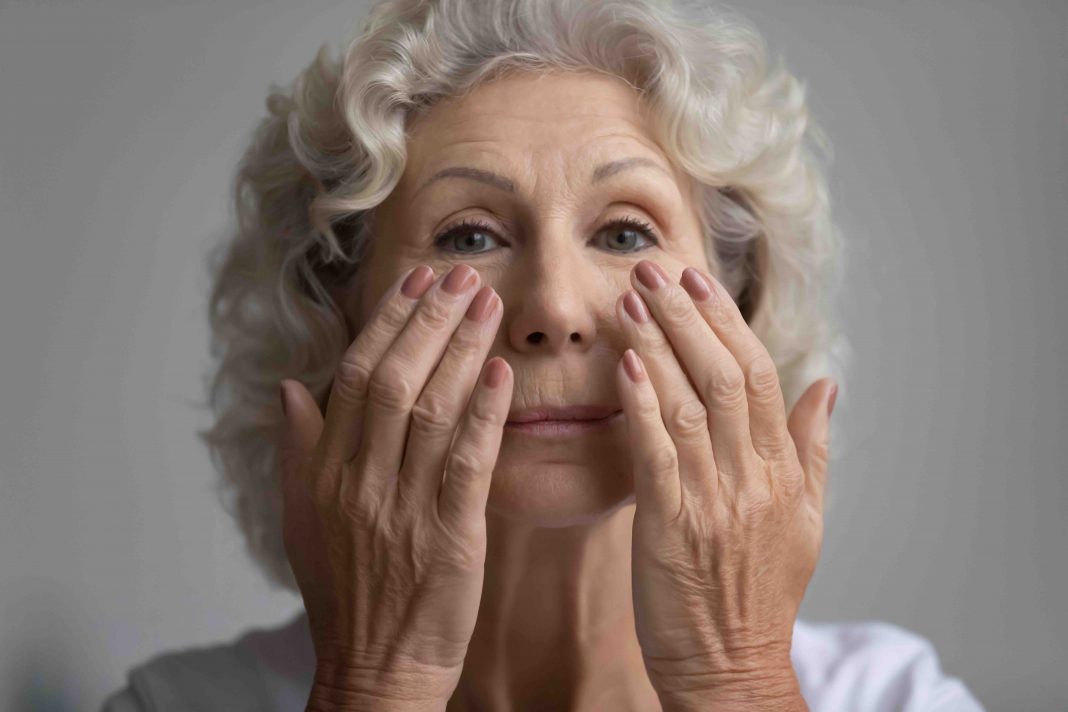As we age, our skin tends to lose moisture and can dry out. Xerosis, the medical term for extremely dry skin, is common in the elderly, but this isn’t a normal part of aging and should be treated.1
Plenty of home remedies, as well as over-the-counter products at a pharmacy, can help manage severely dry skin among seniors.
Symptoms of severe dry skin
According to Healthline, some of the signs to look out for that may signal to you that a customer is suffering from severely dry skin include:2
- Scaly, dry patches.
- This might affect the ability to sleep.
- Redness that worsens and starts to scab or peel.
- Flaky skin.
- Finely cracked skin.
- Painful or blistered area of infection.
- Symptoms not improving.
At-home remedies
Healthline suggests these tips may help seniors with severely dry skin:2
- Use a different and skin-friendly soap. Soaps that contain irritants can only worsen the skin, so make sure they’re opting for a dermatologically tested, fragrance-free soap, such as Cetaphil and CeraVe.
- Moisturise. Sealing in moisture immediately after having a shower is crucial to managing dry skin. For maximum relief, seniors should use a thick moisturiser.
- Reduce heat. Taking baths with scorching hot water will dry out and inflame the skin. Another tip is limiting the frequency of showers.
- Pat don’t rub. Skin should be treated with care, and gently, which means patting the skin with a cloth when washing the face, not rubbing or scrubbing.
- Create a cold compress. If someone is looking for remedies, suggest using a cold compress on the affected area. To make a compress, they should place several ice cubes in a plastic bag, or use a frozen bag of veggies, then run a cloth under cold water and wrap it around the ice or frozen bag. This should be placed on the affected skin for 15 minutes at a time, with the area gently patted dry afterwards.
OTC
Products such as hydrocortisone creams or ointments can be helpful for skin that dries out easily or becomes itchy and irritated. This comes in different strengths and can be used in combination with moisturiser, which should be applied after the hydrocortisone cream.2
Healthline says products that contain ingredients such as lactic acid, urea or a combination of both are useful for severely dry skin.3
It should also be noted that products marked ‘lotion’ instead of ‘cream’ contain less oil. Also, water-based lotions may irritate rather than heal or soothe severely dry skin.3
Pharmacy assistant advice
If someone is presenting in your pharmacy with severe dry skin that has failed to respond to the use of any OTC product, make it clear that they should be in contact with their GP or a dermatologist.
When their skin is blistering, or large areas are peeling, and they’re living with a severe itch daily, it’s crucial they speak with a healthcare professional so they can receive appropriate or more intensive treatment, as they risk being left with wounds and scars.
References:
- National Library of Medicine, 2011. ‘Dry skin in the elderly: complexities of a common problem’. ncbi.nlm.nih.gov/21146730/#:~:text=Dry%20skin%2C%20or%20xerosis%2C%20is,a%20normal%20part%20of%20aging.
- Healthline, 2019. ‘8 home remedies for severely dry skin’. healthline.com/health/skin/severe-dry-skin
- Healthline, 2023. ‘Xerosis cutis’. healthline.com/health/xerosis
This feature was originally published in the August issue of RPA magazine.






